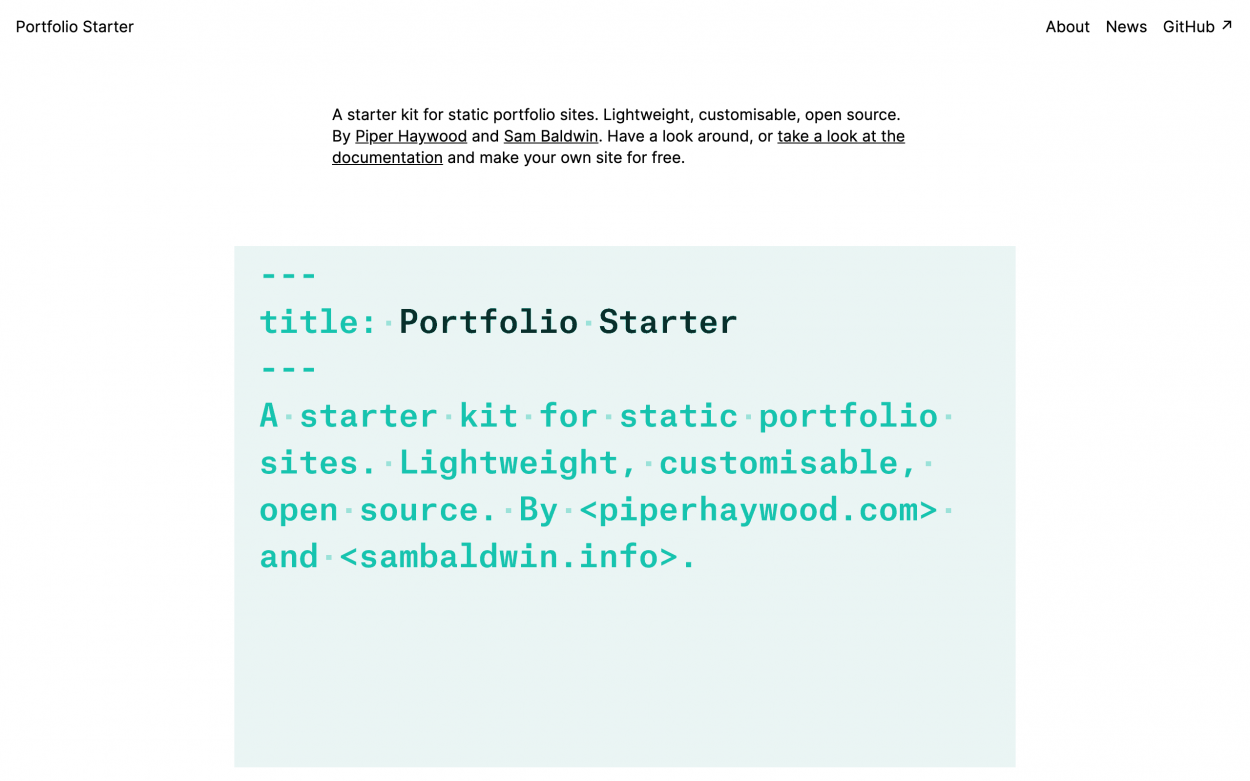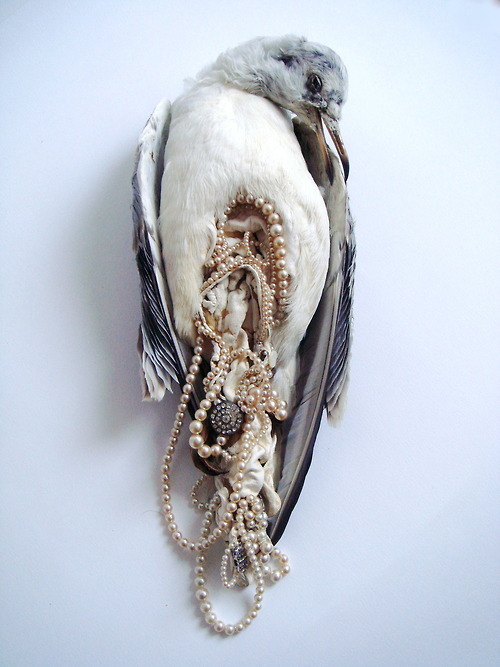Another personal site well worth checking out:
aaronzlewis.com
There’s a lot of great stuff going on here: a cocoon for fledgling writing that’s maybe not quite ready for prime time yet but well worth sharing, web-like behavior in that the site pulls in content from various sources (Twitter, Arena, his blog, etc.). It really gives you a well-rounded picture of his personality.
The use of color and transitions is great too, usually when I see a site with this much movement and color it can come across as wacky / zany. That’s fine and appropriate for some personalities, but it’s not the sort of thing that I would go for on my own site. So it’s cool to see someone accomplish a friendly, colorful, and playful design without it feeling too over the top.
I like the tone of his writing too, particularly the “mentors, collaborators, & co-conspirators” bit on his Credits page. I’ve wanted to add something like this for a while but haven’t been sure how to present it.
It’s interesting, coming across sites like this makes me go back and forth about where I’m going currently with my own. On the one hand I’m really enjoying making a site that others can use, it’s been great to see how people use it. On the other hand, I can only go so far with making the theme really “me”. There may be other ways to address this though… worth considering!

